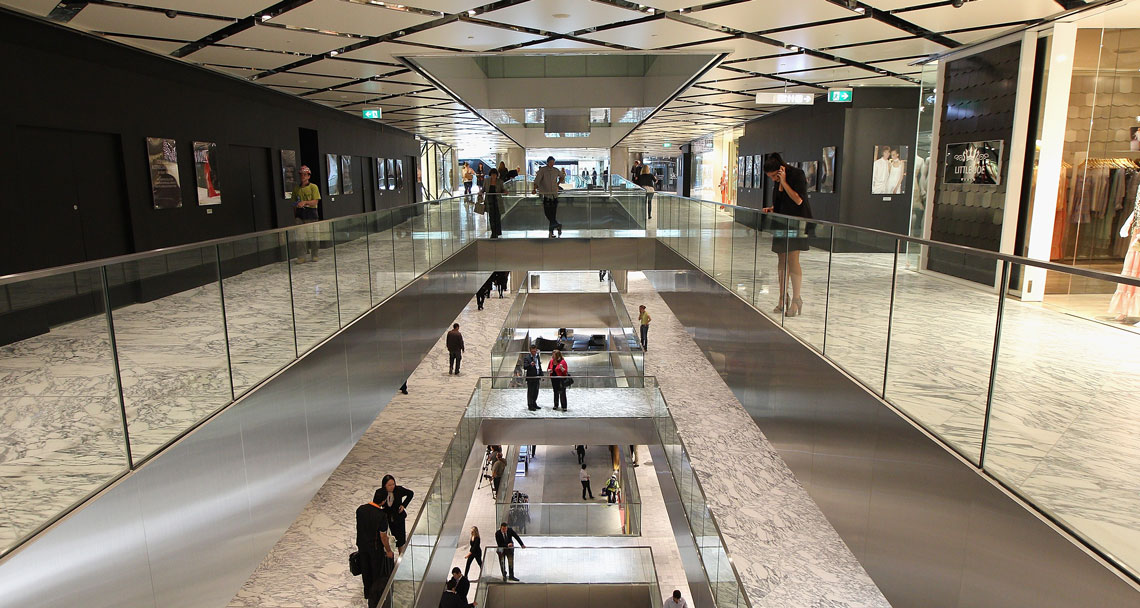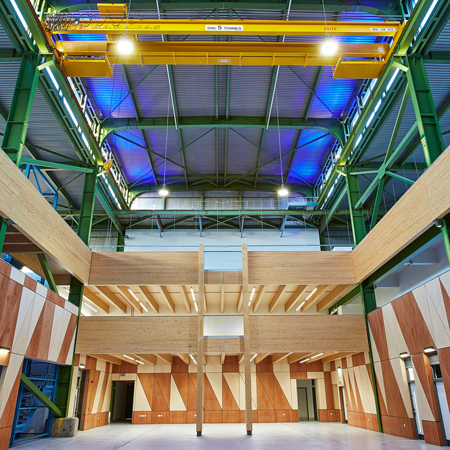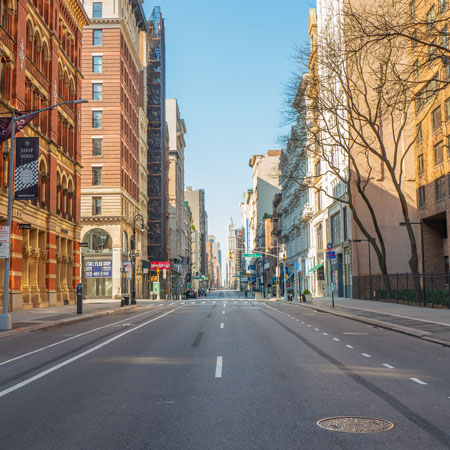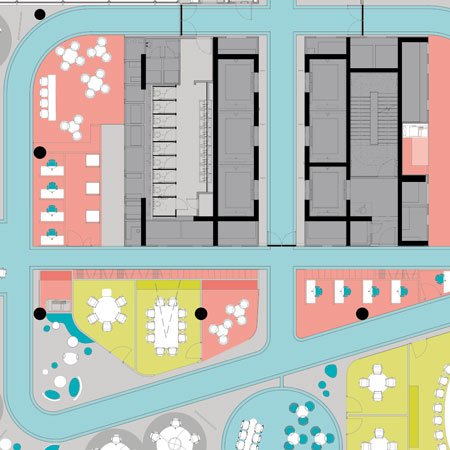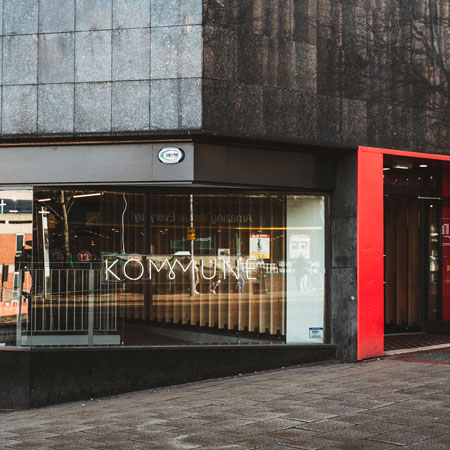There is too much retail space in the world. The USA has twice as much square footage in shopping centres per capita than the rest of the world, and six times as much as countries in Europe. More than a third of malls in the USA are expected to have to close and Savills Research shows that the UK may be ‘over spaced’ for retail by as much as 40%.
The challenge of too much retail space in the USA and UK is increasingly relevant to other countries. Australia has the third highest shop density per capita and is seeing an increase in vacancy rates that mirrors the rise in internet retailing.
Yet, at 11% of retail sales, e-commerce in Australia lags behind China (27% of retail sales), South Korea (24%), the UK (19%) and the USA (16%), which suggests that the issue of redundant retail space is likely to get worse and could become an issue in any location where the internet is taking an increasing share of consumer spend.
The impact of Covid-19
The impact on retail space following the Covid-19 pandemic is likely to result in an acceleration in the trends across the globe that many markets have been witnessing since the global financial crisis. These are:
- More consumer appetite for community and convenience-based retail
- Further increases in e-commerce
- A higher proportion of discretionary spend on leisure experiences rather than superfluous purchases.
These will have a knock-on effect to the way we shop and the amount of retail space we need.
The good news is there are many ways we can redress the balance. For example, repurposing can be effective in turning around decline and increasing consumer footfall. Converting space into an engaging leisure offer is one option, rebuilding malls as residential or office space (or both) is another.
The most successful projects, however, are those that emphasise social value, taking a whole-place perspective that includes social spaces, ‘blended living’ and offer convenience for people keen to minimise travel.
Mixed-use regeneration
Although this approach can be at odds with the notion of single property asset classes, the most exciting developments appear from those landlords who are most willing to adapt their financial and asset models to mixed-use, while embracing long-term sustainable development, which can reap financial rewards too.
An increase in the number of repurposing projects shows that the problems and solutions to dealing with redundant retail space is becoming a global issue. In the UK, prime shopping centre yields have risen by 125bps in the past two years and, over the past 12 months, average net effective rents have fallen by 27%. As such, 2020 is likely to be the year we see retail pricing bottom out.
“We are seeing an increasing amount of global investors and developers focusing on UK retail assets for this reason, a trend that will only increase over time,” says Mark Garmon-Jones, Head of Shopping Centre Investment and Repurposing, Savills. “There are lessons to be learnt from around the world on what good, mixed-use regeneration looks like.”
One example is that of GGP, the second largest mall owner in the US (bought by Brookfield in 2018), which has a track record of redeveloping struggling retail malls into mixed-use town centres.
It has reported higher sales per square foot as a result. In the case of Willingboro, New Jersey, homes constructed as part of the town centre renewal have sold for twice the town’s average house price.
See how former retail spaces have been transformed into living, social and commercial areas at 3 retail projects repurposed
